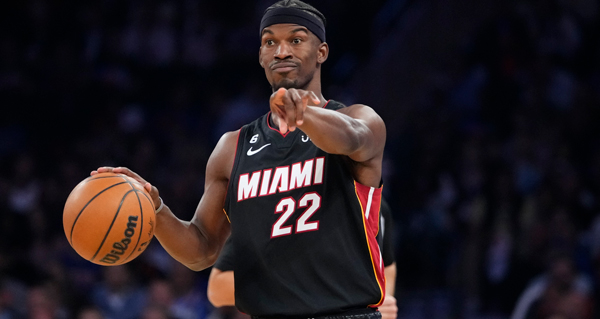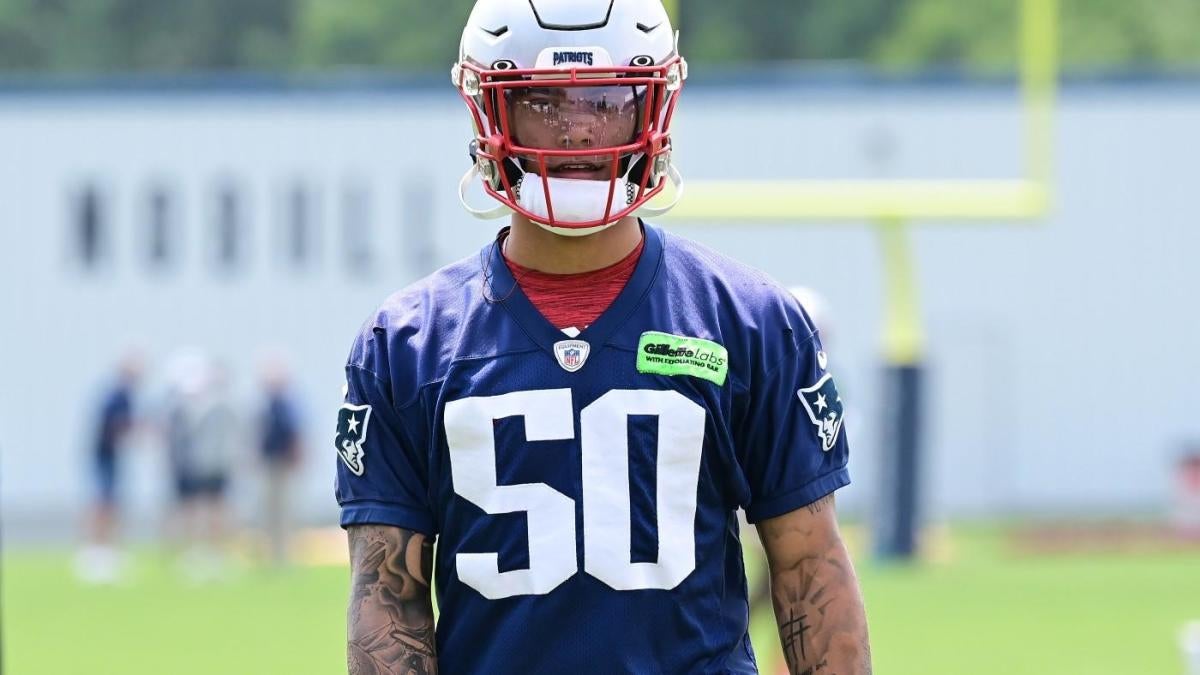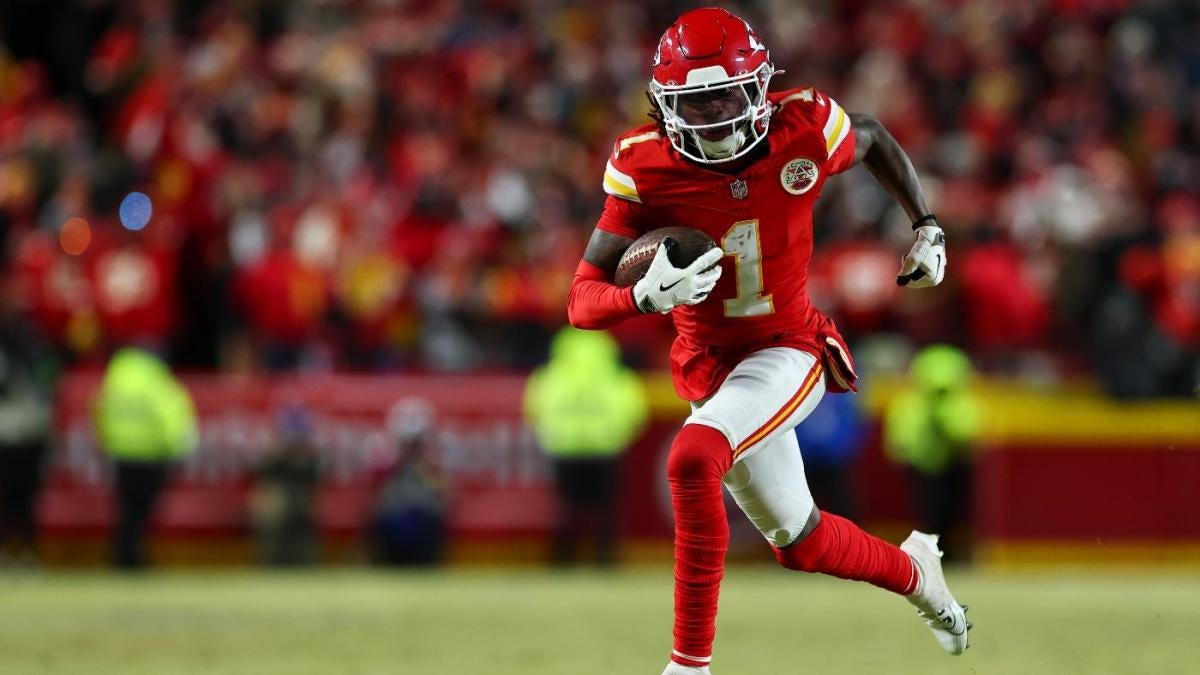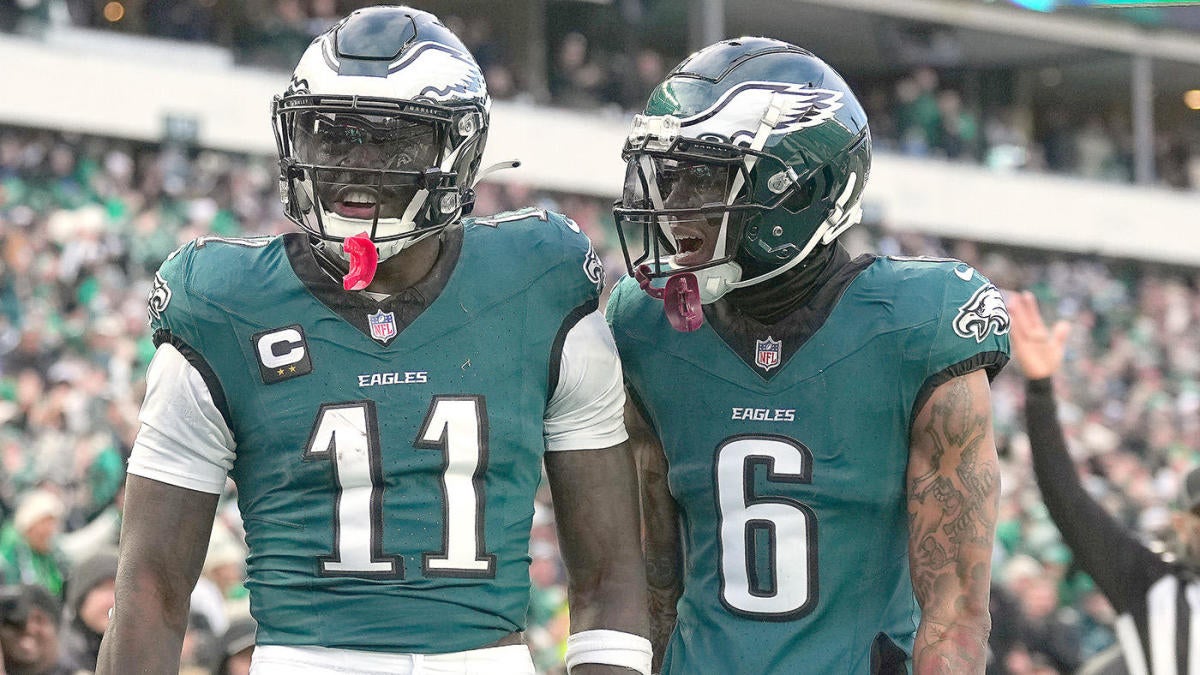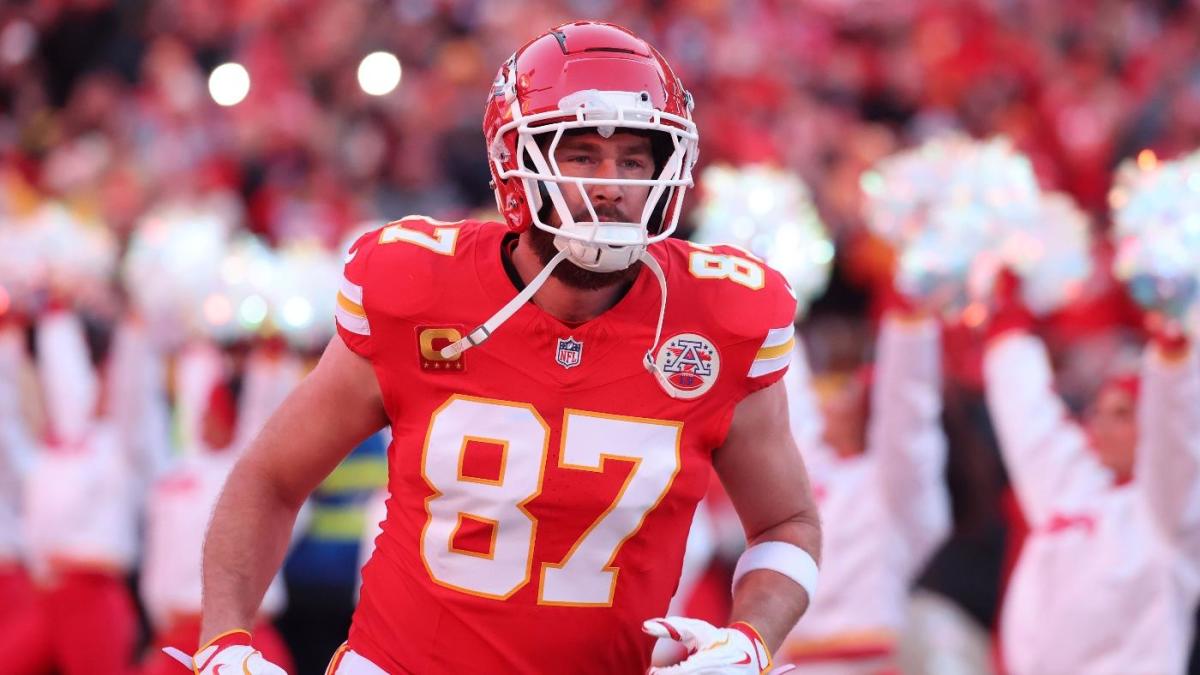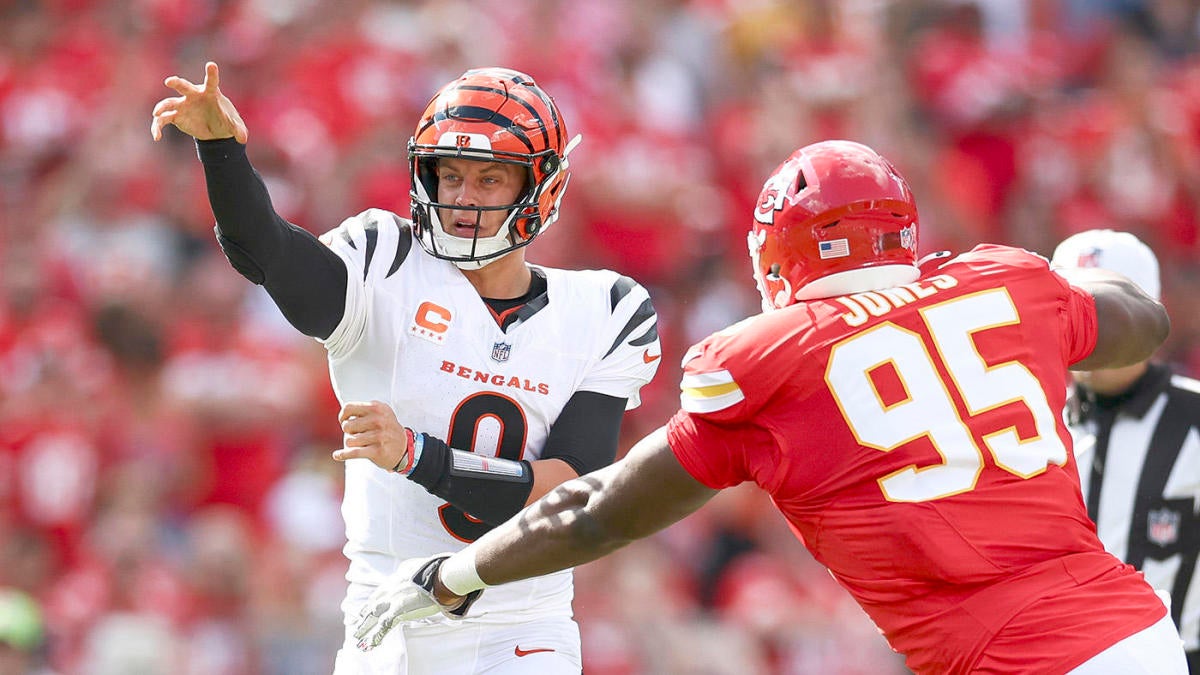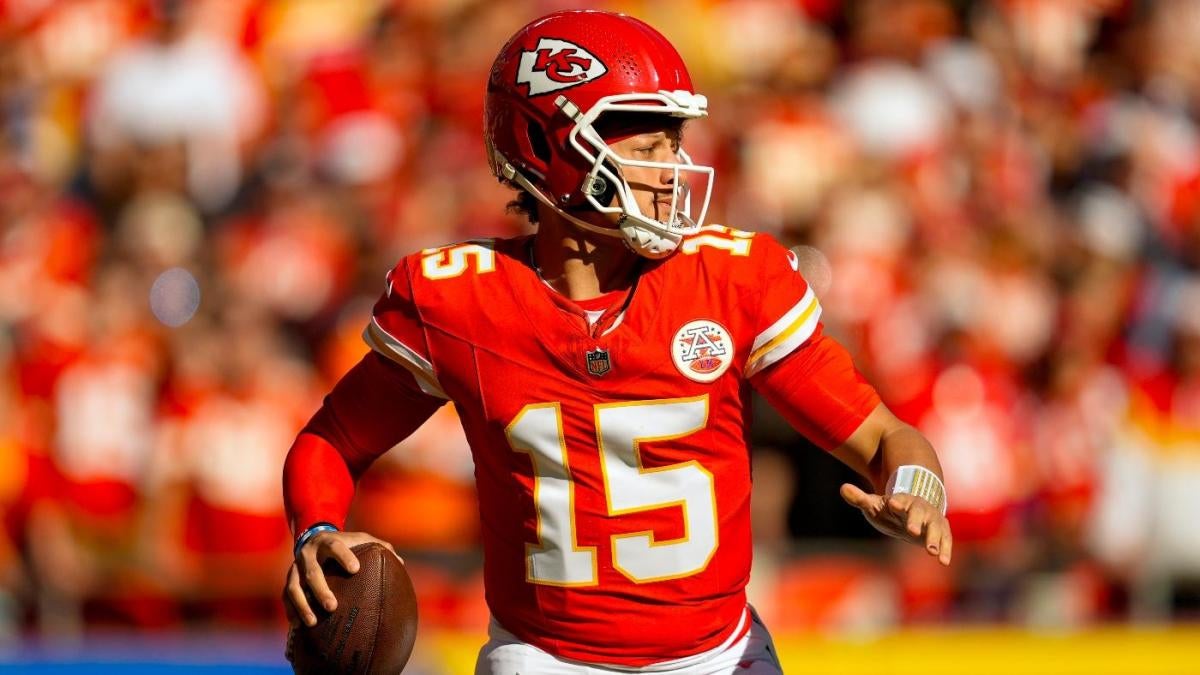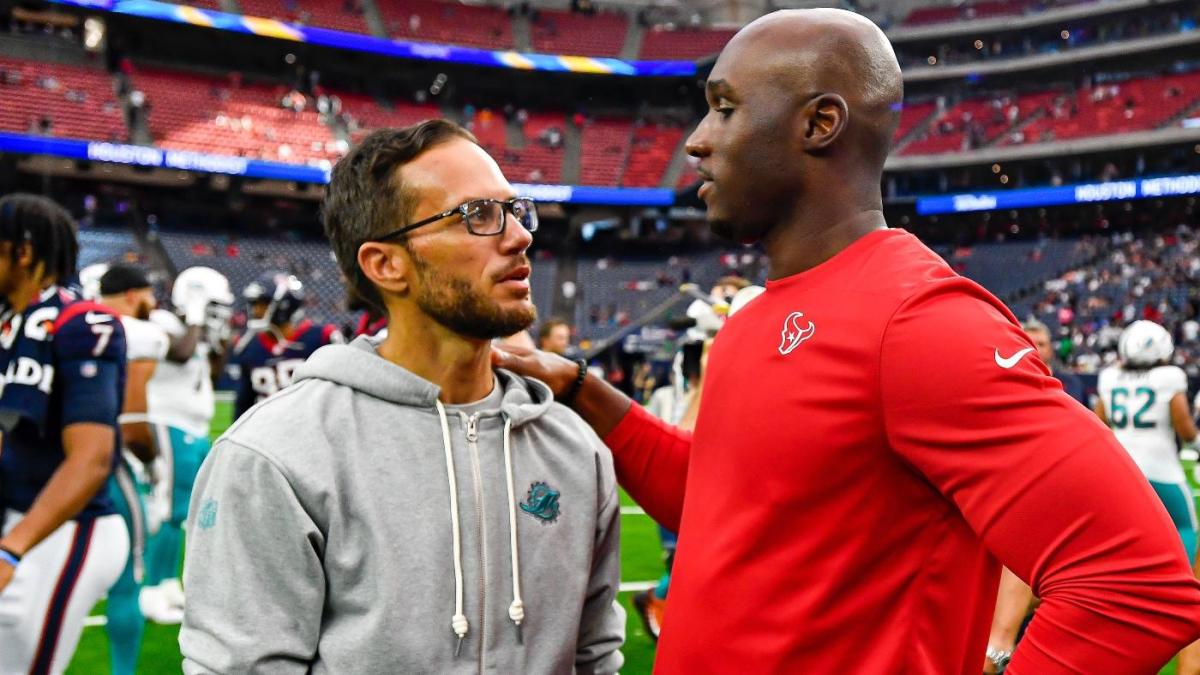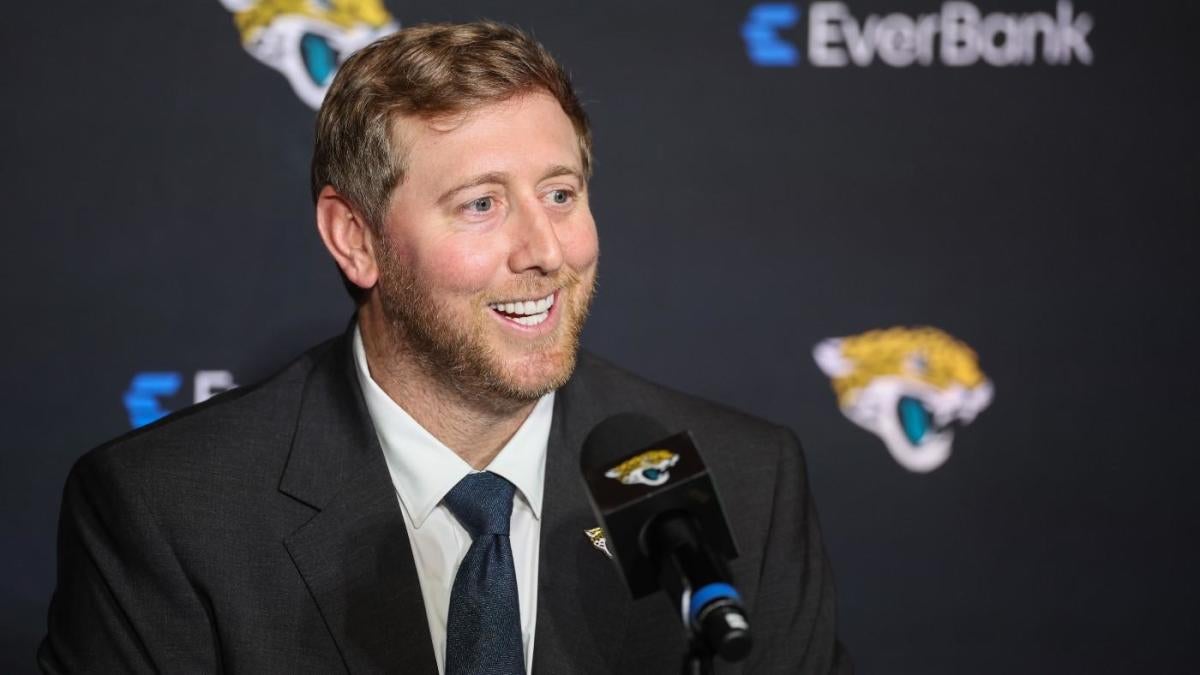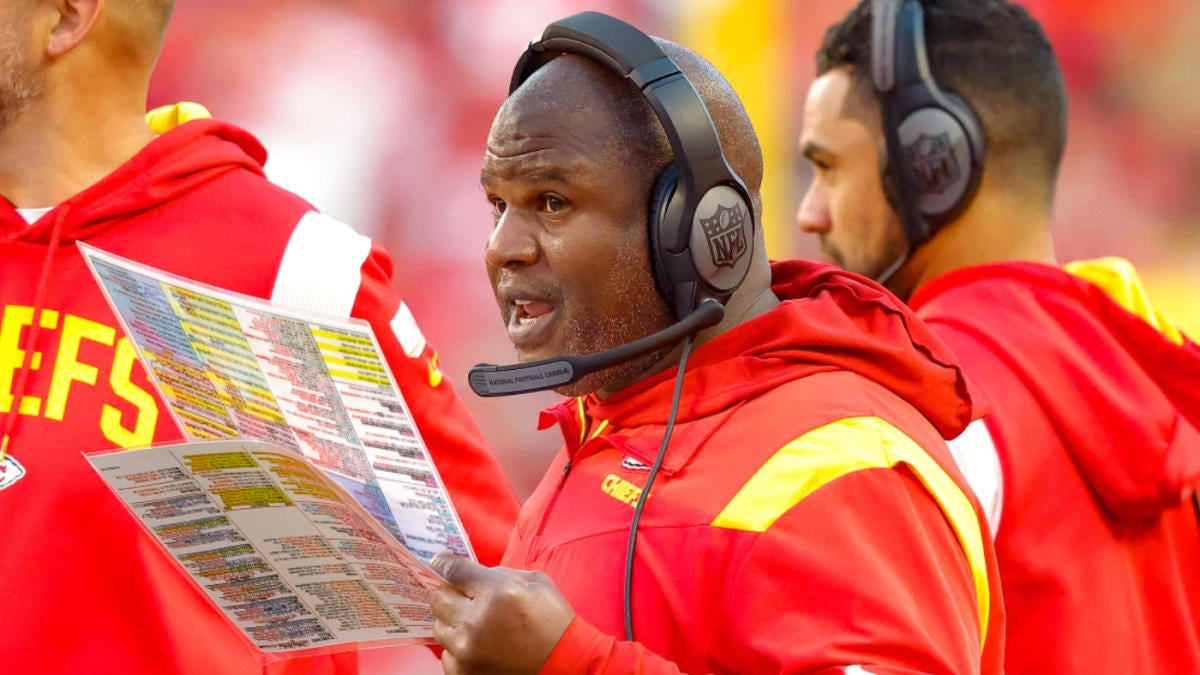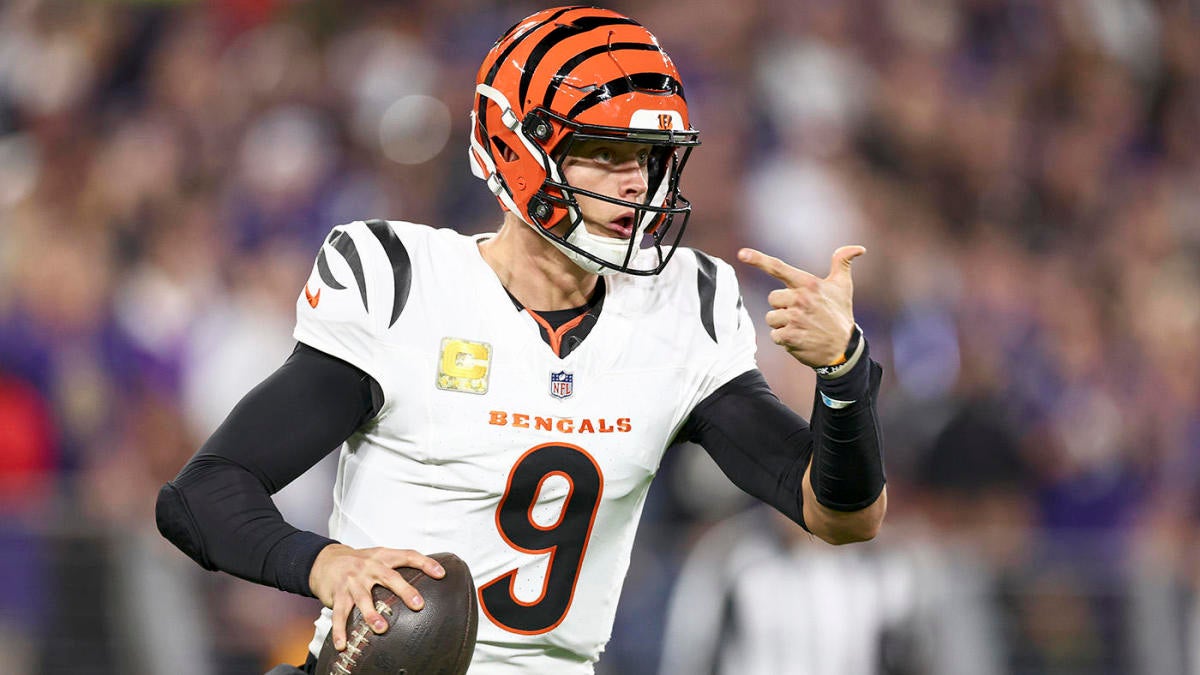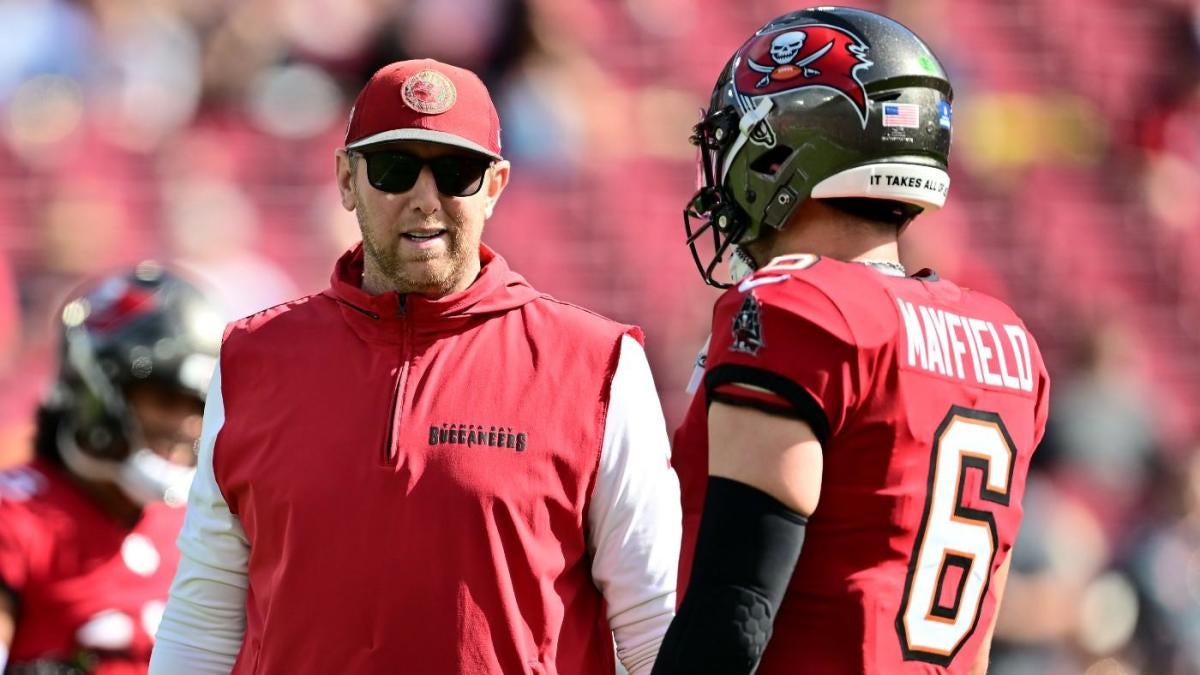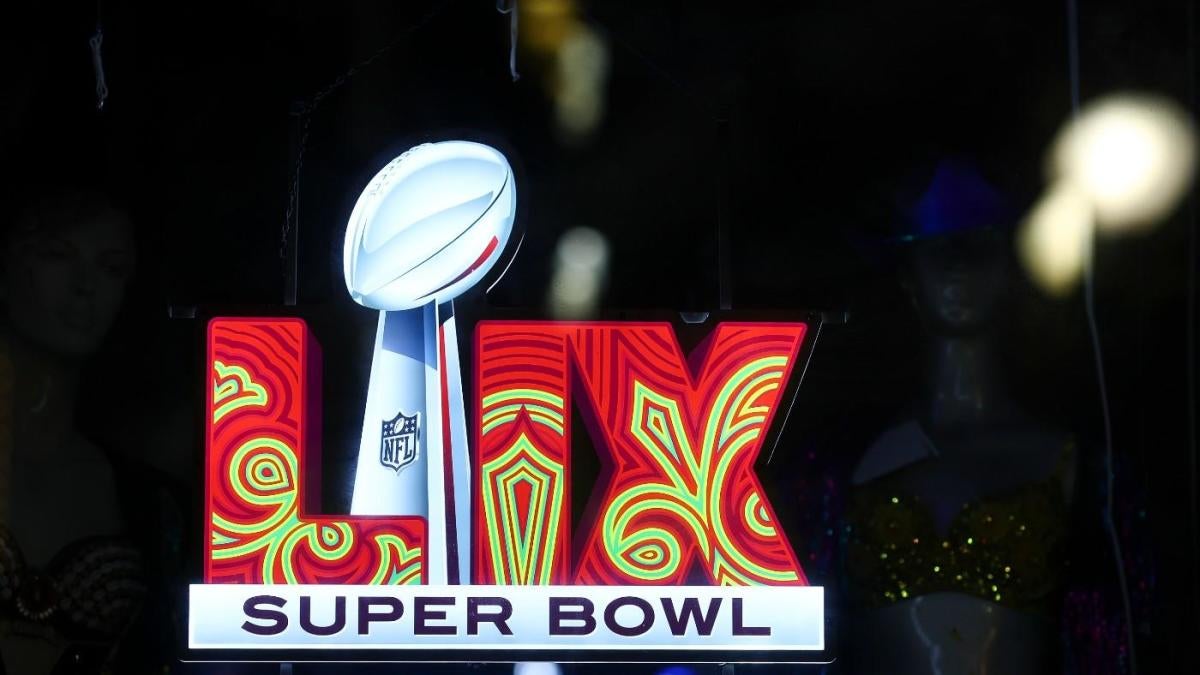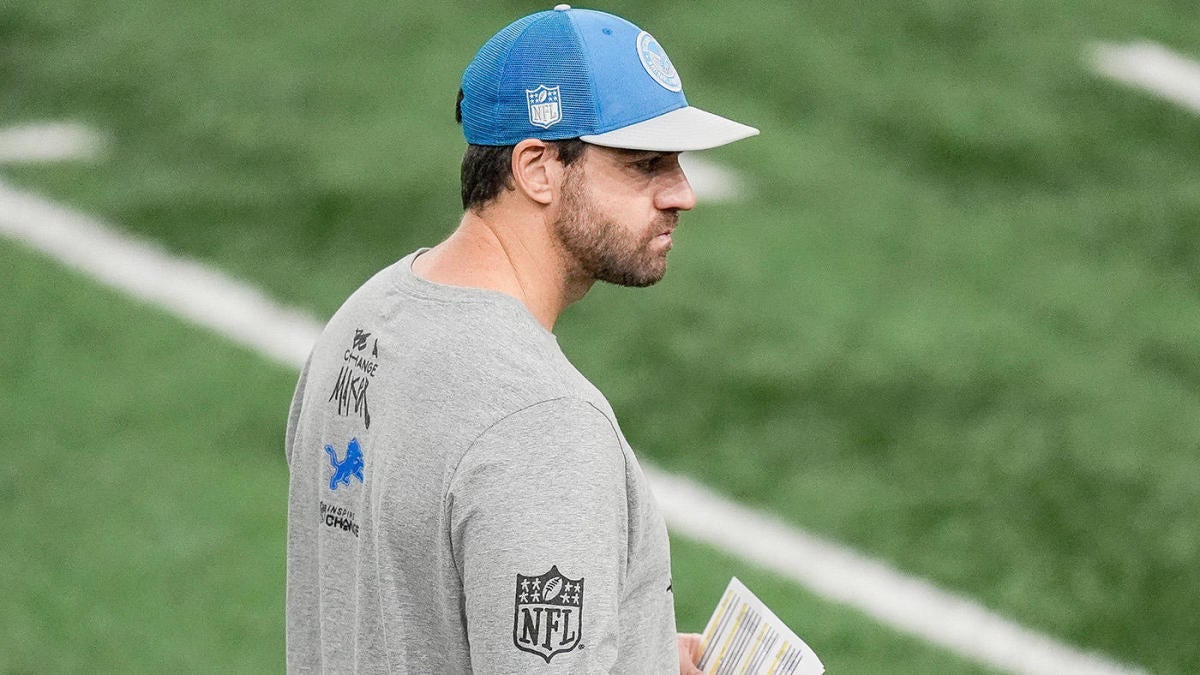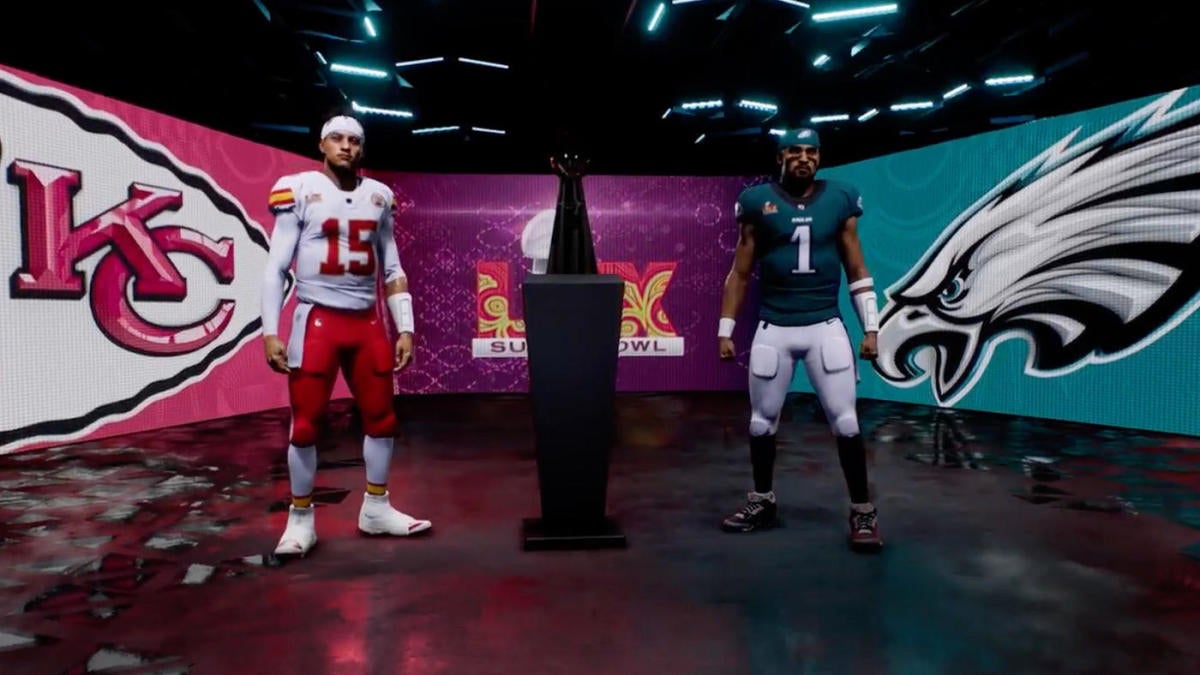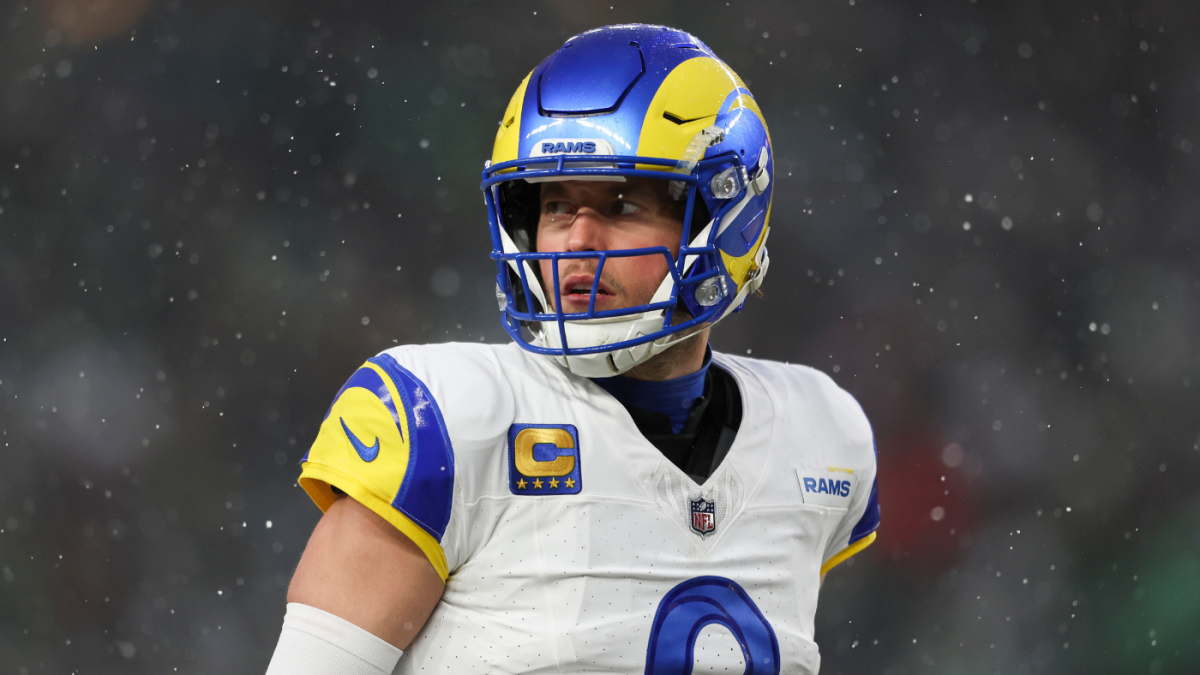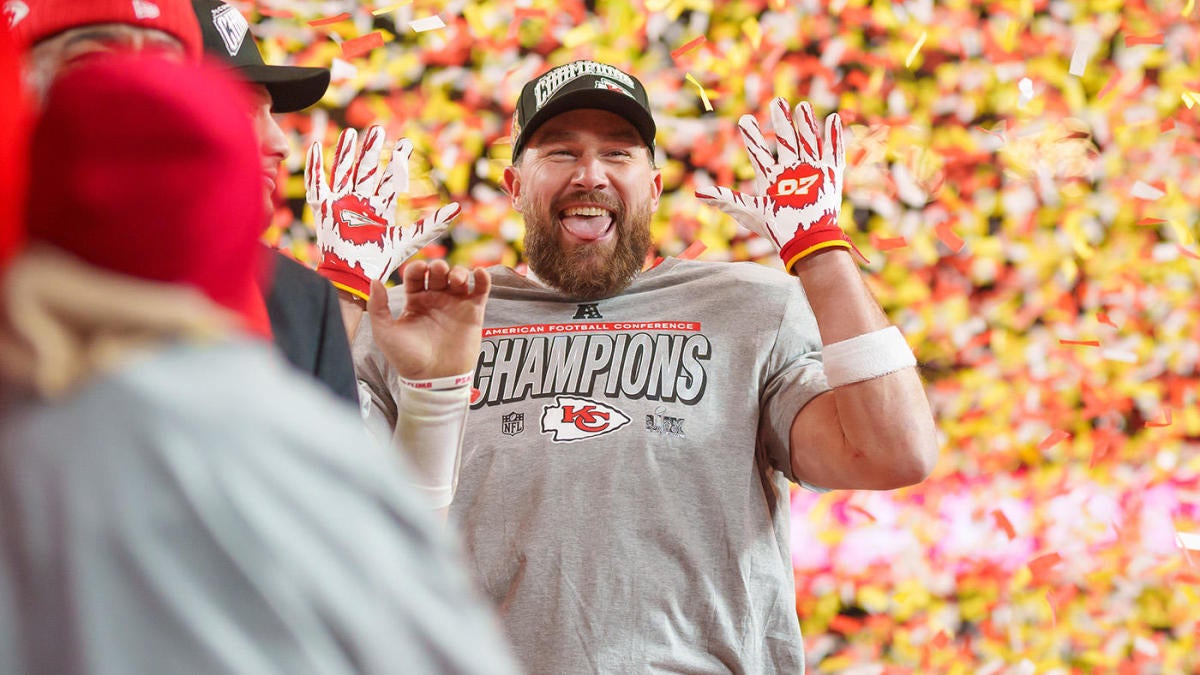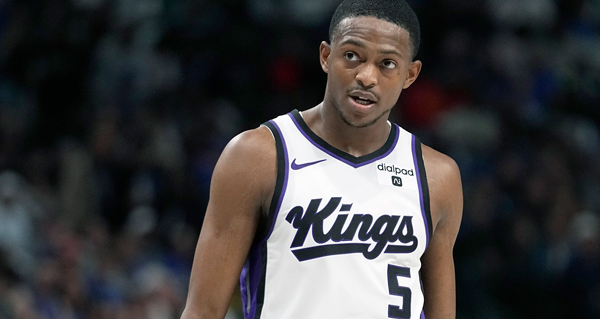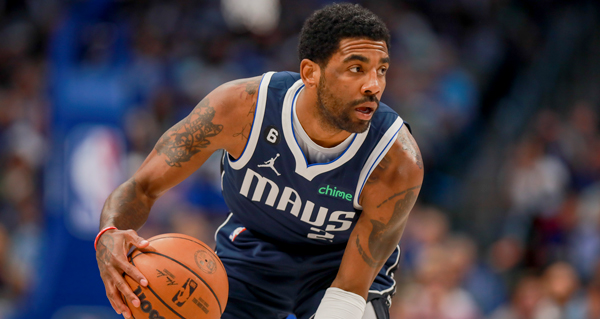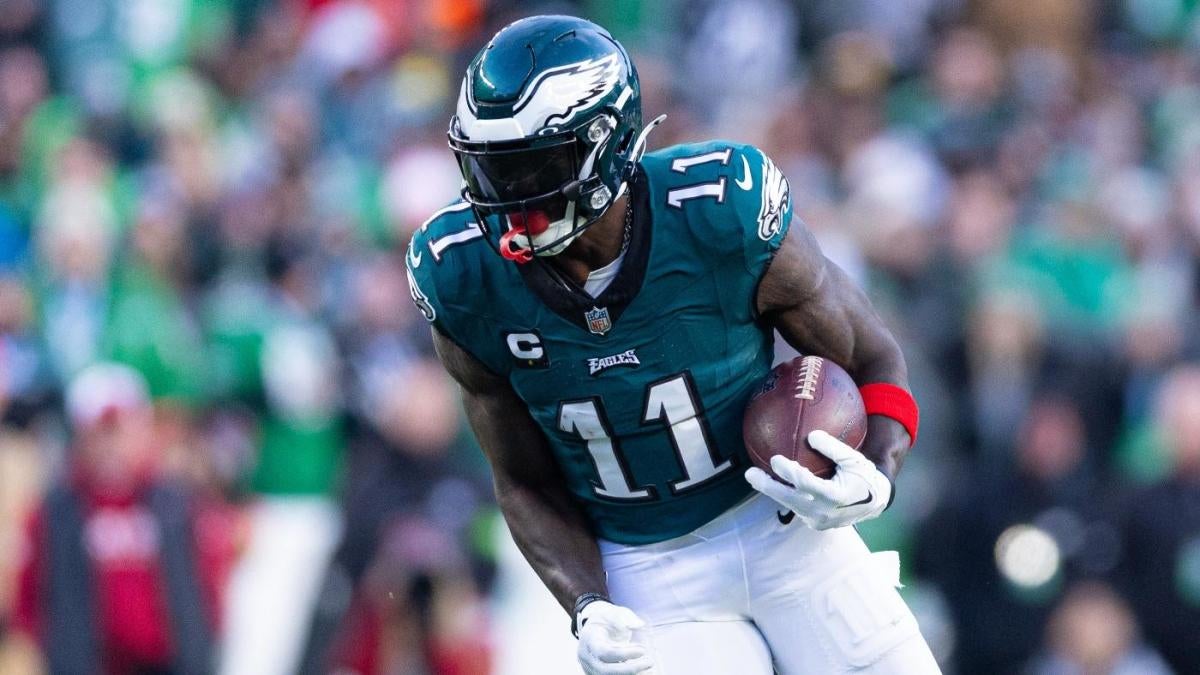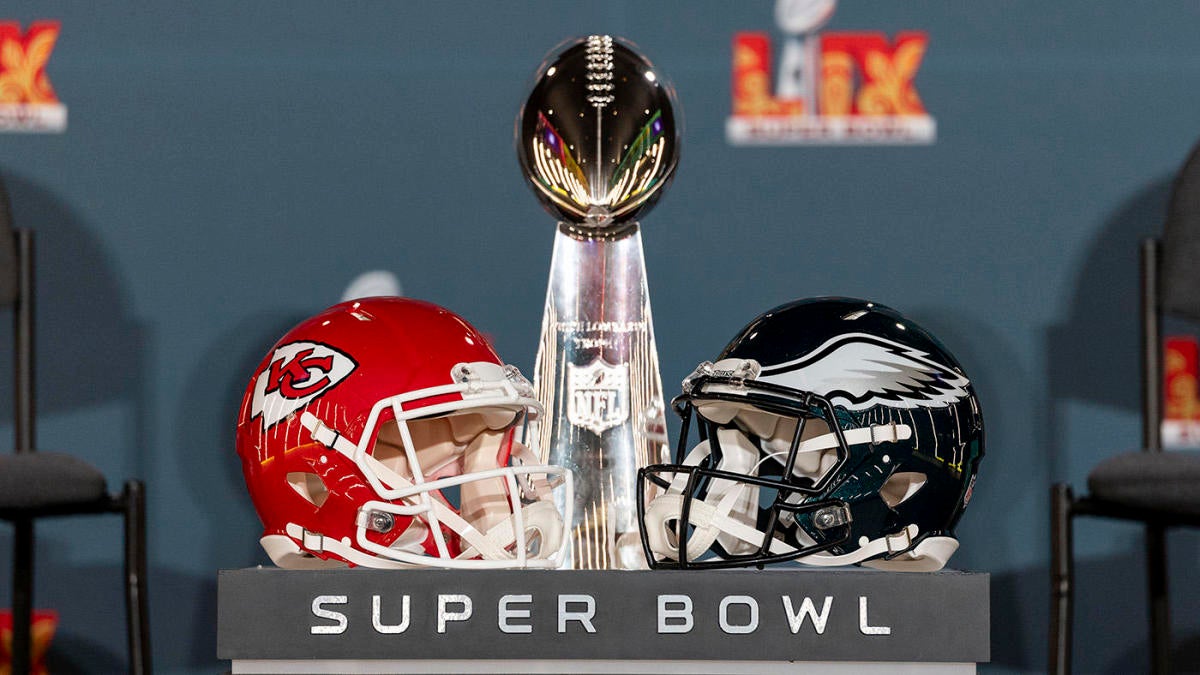
NEW ORLEANS — On Sunday in Super Bowl LIX, Ron Torbert and his all-star crew will officiate the game between the Chiefs and Eagles. Like usual, they’ll spot the ball and assess — with the help of the chain gang — what is and is not a first down.
Meanwhile, in the background, the NFL will continue testing state-of-the-art technology that may not just relegate the chain gang — but eventually could see an end to officials spotting the ball altogether.
Caesars Superdome will be outfitted with Sony Hawk-Eye’s SkeleTRACK system, a 14-camera system that specifically monitors more than two-dozen skeletal points on a player’s body. That system, along with the chips in the footballs and the 18 other specific cameras strategically placed around the stadium, can all be combined to harvest a fully computerized model that potentially tracks where the ball is when players are down, if someone has achieved a first down or if they have scored.
The NFL has been working with the Hawk-Eye technology since 2021. And even though Sunday’s game will have all the technological bells and whistles, the league still needs a time for the technology to advance before even considering implementing a system that’s still in development.
“I would say a few years. And the reason I say that is because where we would like to get to… we still have a little bit to go,” Kimberly Fields, the NFL’s SVP of football operations, told CBS Sports on Monday.
Given all the technical and operational variables at play, the NFL cannot confirm this technology will ultimately be possible, and there’s no specific timeline on the development of the tech. And even if the technology finally arrives at a place where computers could replace officials spotting the ball, there will still be a major question of whether the NFL and team owners will have an appetite for making such a switch.
Beginning with the 2023 season, the NFL started testing the virtual line-to-gain technology at a few stadiums before making public its intentions to test it in the 2024 preseason. The hope was virtual line-to-gain would become the primary way to measure a first-down conversion. But the technology — and the process in using it — hit some road bumps in the preseason and couldn’t be implemented during the season.
That technology does not track the ball, though, which has become a common misconception around the league. The ball has a chip in it, but that does not interface with the six cameras used for the virtual line-to-gain technology.
But using those six cameras, along with 12 boundary-line cameras, plus the 14 cameras for SkeleTRACK make a total of 32 cameras that could eventually be at all 30 NFL stadiums, creating a camera ring around the stadium that “gives you a complete view on what’s going on in the field,” Fields says.
Hawk-Eye’s technology has been used for years in tennis, and some soccer leagues have adopted it for determining when the ball crosses the line for a goal. Major League Baseball has used Hawk-Eye for a potential future automated strike zone, and the NBA is now in its second year with the technology.
But American gridiron football has its own unique challenges. The 22 bodies closely grouped together make for a lot of data points. When a player is ruled down — and what body part belongs to whom — can be difficult for a complex web of cameras and computers to determine instantly. Additionally, though there is a chip in the ball, it isn’t located at the nose of the ball, which is what matters.
Speaking at his annual Super Bowl press conference Monday, NFL commissioner Roger Goodell said using technology to determine first downs is “complicated.”
“Obviously you have a lot of humanity that interferes potentially with some of that, at least from a camera angle standpoint. But you also have a shape of the ball that is different, and it’s about where the ball is, not where the individual is necessarily,” Goodell said. “So there are a combination of factors there, but I do think that technology will exist sometime in the future. We’re continuing a lot with our partners. It’s how to advance that as quickly as possible so we can get to that place.”
The virtual line-to-gain technology wasn’t seamless in the 2024 preseason. A minutes-long process in the Lions-Giants exhibition showed some of the issues with the system, which has had its problems in tennis in past years, too.
While the league didn’t officially implement it during the regular season, the NFL kept using it in the background of games within the league’s officiate center in New York. Over time, the league saw success.
“We went from about 75 seconds of chain measurement, and we were able to get it down to about 30 seconds by the time the season was over. So we shaved off about 45 seconds of game administration time just from going from a physical chain measurement to a virtual chain measurement.”
This offseason, the league’s football operations group plans to recommend using the virtual line-to-gain technology as the primary measurement system in the 2025 regular season, Fields says. Competition committee support is required for that to become official next season.
Goodell said Monday any time the league introduces new technology, the top two considerations are accuracy and reliability. He wouldn’t want anything implemented until “you think you have it right.”
“Generally,” Fields says, “our philosophy around technology and innovation around the game is, if it’s not going to make it more efficient and make administration better and more accurate, we shouldn’t be doing it.”
To be sure, the virtual line-to-gain technology the league has used in the background since 2023 wouldn’t have changed anything related to Josh Allen being stopped short on fourth-and-1 early in the fourth quarter of the AFC Championship Game.
But even if the technology advances to a point where it can determine where the ball was at the time forward progress was stopped, there’s still the question of whether the NFL would allow such critical calls to be made by computers and not by the humans wearing the stripes.
“I think that’s more of a philosophical question for the competition committee,” Fields said when asked if there will be a time when humans don’t spot the ball on the field. “I think one of the things that they have always been very clear with us about is wanting the games to be officiated on the field. The clubs have been very clear about that. So I think those are always questions and ongoing conversations that we have every year as it pertains to different topics that come up depending on what may have happened that season.
“But that is really is a philosophical question for the clubs or the competition committee about where they see the future of the game. But just to reiterate, they have always been very, very clear to us that they want the game officiated on the field, not in New York.”
In theory, an efficient and reliable computerized system could help properly spot a ball for the Eagles’ tush push. Philadelphia has attempted 47 tush pushes this season, according to CBS Sports research, and that resulted in 38 successful plays. But that mass of humanity, to borrow from Goodell, can sometimes make accurately spotting the ball next to impossible to the naked eye.
The SkeleTRACK system was in just five stadiums this season for a number of reasons. Though the system is costly, the bigger issues have been that every stadium is different. There may not be enough fiber or power to enable the cameras, and not every stadium is a football-only facility.
That system was set up at Allegiant Stadium, Arrowhead Stadium, AT&T Stadium, SoFi Stadium and Caesar’s Superdome, with more likely to come in the 2025 season.
“And so the power of the Sony Hawk-Eye technology really comes to life when you’re able to install in all stadiums, calibrate all the data and then be able to use the insights that come out of that,” Fields says.
The chain gangs likely will never go away. Players, coaches and fans all still need the visual to the general line-to-gain, and the NFL still needs a backup plan in the event the technology fails. But all signs point to virtual measuring being the primary means this upcoming season.
In the next few years, officials will continue to spot the ball as technology tries to catch up with what the humans can do. And that’s when the league will have a decision to make.
Go to Source
Author: Jonathan Jones
February 5, 2025 | 10:55 am

